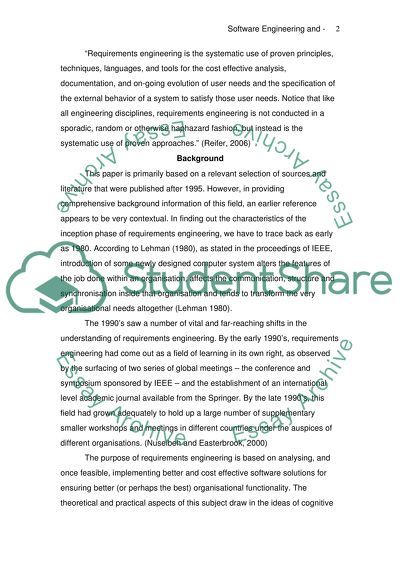Cite this document
(“Software Engineering and HCI Essay Example | Topics and Well Written Essays - 2250 words - 1”, n.d.)
Retrieved from https://studentshare.org/technology/1428217-software-engineering-and-hci
Retrieved from https://studentshare.org/technology/1428217-software-engineering-and-hci
(Software Engineering and HCI Essay Example | Topics and Well Written Essays - 2250 Words - 1)
https://studentshare.org/technology/1428217-software-engineering-and-hci.
https://studentshare.org/technology/1428217-software-engineering-and-hci.
“Software Engineering and HCI Essay Example | Topics and Well Written Essays - 2250 Words - 1”, n.d. https://studentshare.org/technology/1428217-software-engineering-and-hci.


